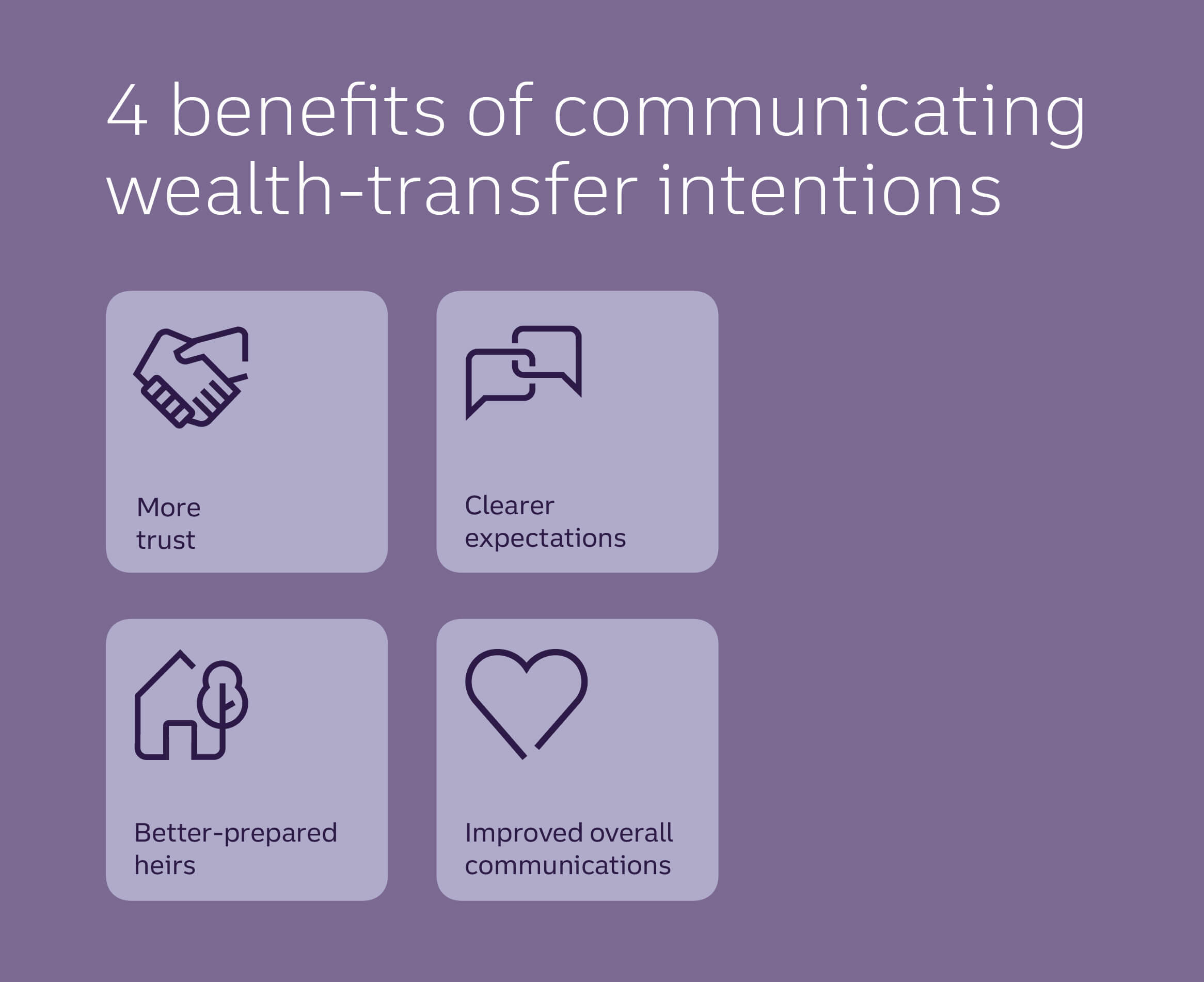Family cohesiveness refers to a family’s common bonds and desire to work and play together. It’s important that family members continually build and strengthen familial bonds so that their money and legal structures are not the only things that keep them close.
The Pritzker family is known for their $15 billion empire, which includes Hyatt Hotels and stakes in Royal Caribbean Cruises. Unfortunately, the family is also notorious for their disagreements, which have resulted in major lawsuits and the splintering of four generations of family members.
“The Pritzker Case is a fitting example of what happens when a family is united by its financial success alone. Believing that the riches are enough to sustain them as a family, and distracted by their dazzling financial success, they are blind to the cracks in the family until a crisis erupts” (Martel, 2006).
Family history and culture: Over the years, we’ve observed that family cohesiveness is strongest in families that communicate their family history and culture and pass it down through generations.
Charles W. Collier, author of “Wealth in Families,” says a common best practice of successful generational wealth transfers is that the families “tell and retell [their] most important stories” (2002). Though we’ve observed this best practice in a variety of ways, we’ve often advised families to entrust the initial responsibility for formally documenting and communicating their family’s history and culture to the third generation (i.e., the grandkids)—who often begin by “interviewing” preceding generations. This process is highly effective, and the benefits can be unexpectedly potent.
Teamwork and communication: Good communication is key to a family’s ability to preserve their history and culture. Research shows that 60% of generational wealth transfer failures are caused by the breakdown of communication and trust within the family unit (Williams & Preisser, 2003).
As in well-run businesses, teamwork and communication are learned skills and key characteristics of highly functioning families. Improvements in teamwork and communication skills help resolve lingering conflict and prevent future conflict among family members. Open, honest, and healthy communication between family members creates trust—and trust helps prevent family conflict.
Shared values: We’ve also observed that family cohesiveness can be greatly improved in families that openly and explicitly discuss their shared values.
“To successfully preserve its wealth, a family must form a social compact among its members reflecting its shared values, and each successive generation must reaffirm and readopt that social compact” (Hughes, 2004).
Family mission statement: The social compact then becomes the foundation for the development of a family mission statement. “A family mission statement is a combined, unified expression from all family members of what your family is all about and the principles you choose to govern your family life” (Hughes, 2004).
A family mission statement conveys a family’s purpose and provides family members with representation in and ownership of the family’s direction. In our experience, simply having family members sit down to discuss their shared values and mission can improve family cohesiveness. Furthermore, families that not only take the time to create a values-based family mission statement, but also judiciously employ it, may realize ongoing benefits through their interactions and the process of making family decisions.
Family member well-being: Finally, the emotional and physical health and happiness of each individual family member needs to be nurtured in order for the family to remain a cohesive group and to help foster multigenerational wealth. A priority may be to “stress each family member’s individual pursuit of happiness” (Collier, 2002).
As Hughes (2004) notes, “the assets of a family are its individual members.” From our experience, families that place more importance on money than on well-being may fracture.





